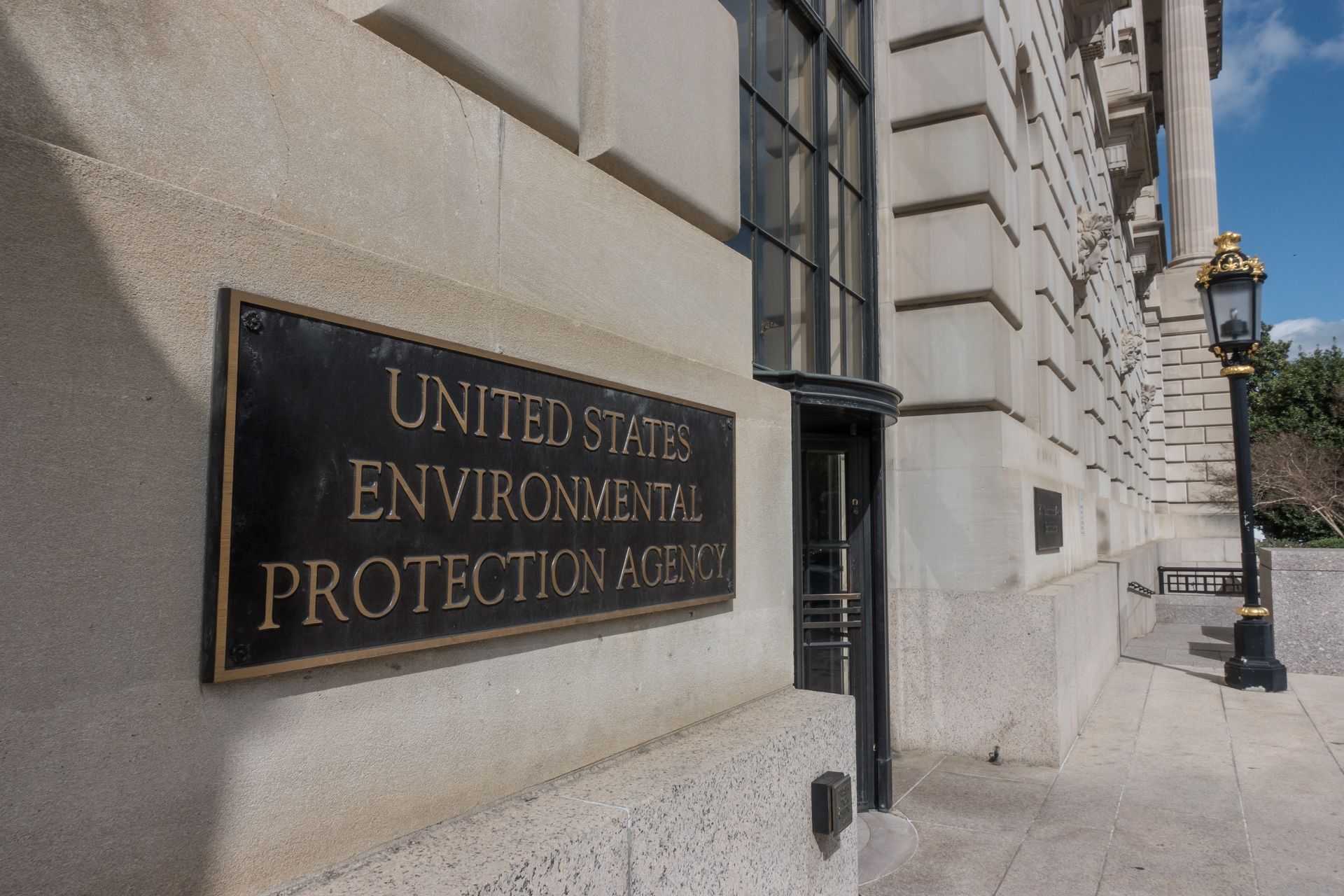Perfluorooctane sulfonate (PFOS) and perfluorooctanoic acid (PFOA) are two per- and poly-fluoroalkyl substances (PFASs or “forever chemicals”) that have been widely studied and are known for their persistence in the environment. Here is a breakdown of what they are and why it is important to keep them out of your water.
PFOS (Perfluorooctane Sulfonate)
PFOS was historically used in a variety of industrial and consumer products, including firefighting foams, textile surfaces, paper products, and as a component in some industrial processes. Studies have suggested potential health risks associated with PFOS exposure, including:
- Development of cancer in employees or consumers[1].
- Child development issues that could lead to legal complications for your business [2].
- Risk of cardiovascular disease for employees and consumers [3].
Due to concerns about its environmental and health effects, PFOS has been largely phased out of production and use in the United States, though imported goods may still contain them in certain products.
PFOA (Perfluorooctanoic Acid)
PFOA was used in various applications, including the production of non-stick cookware (e.g., Teflon), waterproof and stain-resistant coatings for fabrics, and in manufacturing various consumer products.
PFOA exposure has been associated with similar risks to PFOS, including cancer, heart disease, and child development issues [1][2][3]. It is also no longer used in the United States, but people can still be exposed through sources like:
- Imported goods from unregulated countries
- Fish and meats that were exposed prior to processing
- Contaminated soil and water supplies
How Do I Keep These “Forever Chemicals” Out of My Business’s Water?
The EPA updated its regulations and advisories in June 2022 to include factors like lifetime exposure and ongoing research into their environmental and health effects [4]. They are currently advising areas and industries to start taking measures to bring PFOA and PFOS chemicals, among many other chemicals, to lower levels for health and safety. Their 2023 proposal to regulate forever chemicals in drinking water will ask for more rigid restrictions on chemical levels than the current Washington state action levels (SALs) [5].
Protecting your drinking and consumer product water supplies is increasingly essential for health and regulatory standards. One of your first lines of defense is your water filters and systems. A few options include reverse osmosis, activated carbon, and anion exchange. You will need to have your water tested to find the most effective measures for your site.
Sparkling Clear is Dedicated to Doing Right by You
As the science behind forever chemicals continue to evolve, we’ll keep on top of it to ensure you have the most accurate and effective solutions available to your industry. Contact us today to learn more.
References:
[1] Perfluorooctanoic Acid (PFOA), Perfluorooctane Sulfonate (PFOS), and Related Chemicals | American Cancer Society
[2] Stübner, C., Nielsen, C., Jakobsson, K., Gillberg, C., & Miniscalco, C. (2023). Early-life exposure to perfluoroalkyl substances (PFAS) and child language and communication development: A systematic review. International Journal of Environmental Research and Public Health, 20(24), 7170. https://doi.org/10.3390/ijerph20247170
[3] Ding, N., Karvonen-Gutierrez, C. A., Mukherjee, B., Calafat, A. M., Harlow, S. D., & Park, S. K. (2022). Per- and polyfluoroalkyl substances and incident hypertension in multi-racial/ethnic women: The study of women’s Health Across the Nation. Hypertension, 79(8), 1876–1886. https://doi.org/10.1161/hypertensionaha.121.18809
[4] https://www.epa.gov/sdwa/drinking-water-health-advisories-pfoa-and-pfos
[5] https://doh.wa.gov/sites/default/files/2023-03/331-718.pdf


Not seeing what you need?
Give us a call, we'll find it for you!
We'll help you find the product/equipment you need, so you can focus on running your business.
All Rights Reserved | Sparkling Clear Industries, Inc® | Privacy
